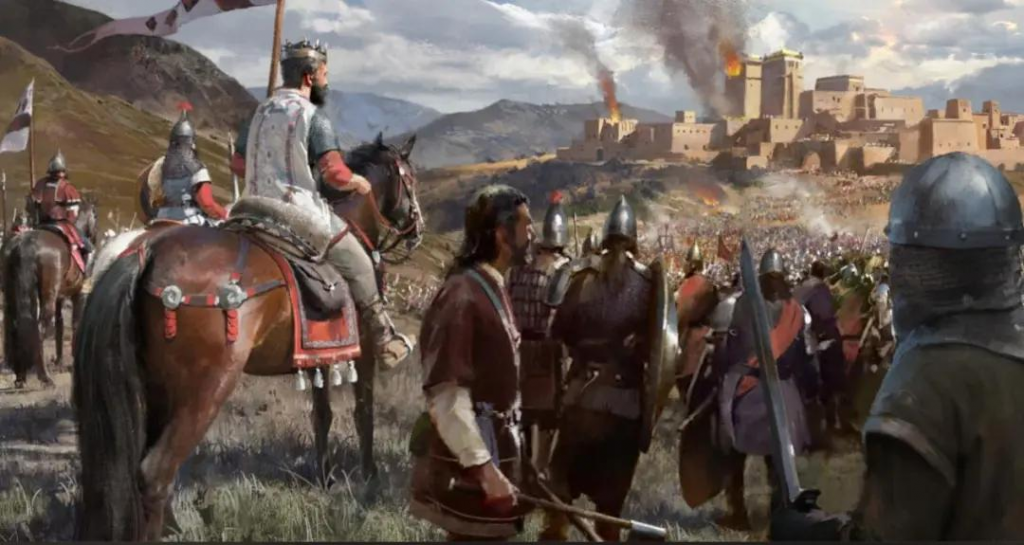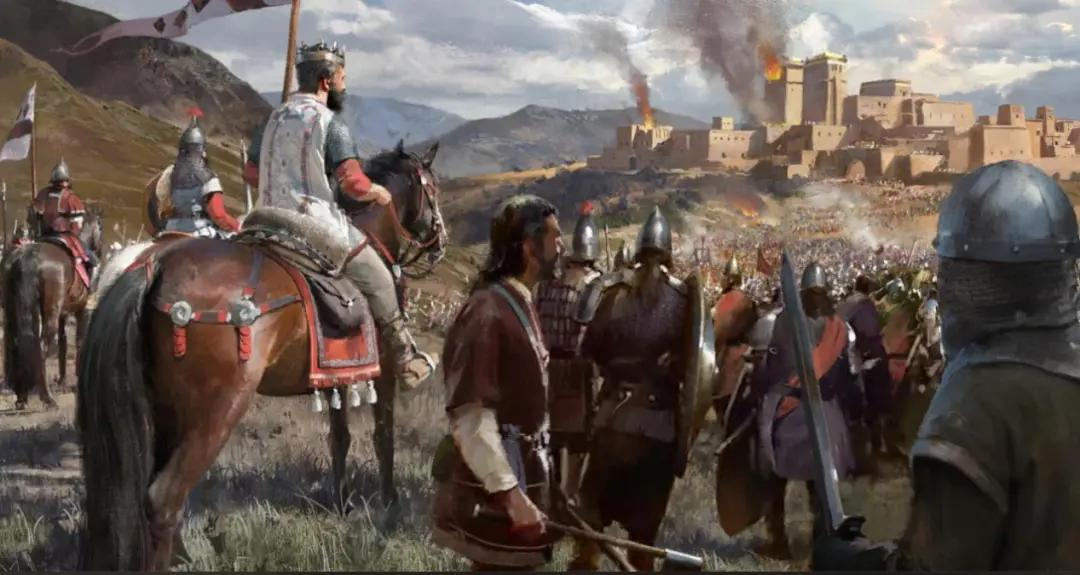In medieval Europe, castles weren’t just imposing structures—they were the very heart of warfare. From the early dirt mounds of the Dark Ages to the towering wooden keeps of the Carolingian Empire, to the grand stone fortresses of the Renaissance, castles were the epicenters of military power. Whether standing proudly in isolation or evolving into bustling cities, they encapsulated the essence of medieval warfare. The dynamics of castle sieges, however, reveal much more than just military might—they offer a fascinating glimpse into the complex relationship between technology, logistics, and diplomacy.

The Timing of a Siege: Spring and Summer Heat
Much like any traditional warfare, sieges were most commonly waged in the spring and summer. Why? Simple. Armies needed time to gather and organize large numbers of troops, and agricultural activities during the harvest season left little room for prolonged campaigns. Winter was a time of rest and resupply, not combat. Plus, warmer weather made fire attacks more effective and filled moats with water, creating an extra layer of defense. In these warmer months, defensive positions could be maintained with fewer hardships, allowing the defenders to exploit their home turf.
The Power of Logistics: Starving Out the Enemy
When it came to sieges, the greatest weapon wasn’t a catapult—it was the ability to starve the defenders into submission. Since defending a castle meant relying on limited supplies, the besieging army’s job was to cut off all supply routes. Digging trenches, blocking roads, and creating a ring of wooden barricades around the fortress ensured that no fresh supplies could make it in. The defenders, in turn, would be isolated, relying solely on what they had inside, a situation that could quickly turn dire if the siege lasted long enough.
Interestingly, the besieging army wasn’t just about combat. It involved a complex web of specialized roles. Merchants and craftsmen turned besieging camps into makeshift towns, while soldiers focused on preventing the defenders from reaching the outside world.
The First Line of Attack: Cutting Off the Food Supply
The first thing any besieging army would do is cut off access to nearby farmlands and villages. Armed raiders would sweep across the countryside, destroying crops, killing livestock, and killing any civilians who might be of use to the enemy. This strategic destruction was designed to collapse the economy of the surrounding area, leaving the castle’s defenders vulnerable not just militarily but economically.
Diplomacy or Destruction?
What made medieval warfare truly fascinating was the ever-present possibility of diplomacy. While sieges often meant a show of force, both sides had to be cautious not to let the battle escalate to a total destruction scenario. Both the attackers and defenders knew that castles were valuable. Even the most ruthless enemies, like invading barbarians or heretics, would want to use the castles after conquest, not destroy them completely. This recognition of mutual interest led to many situations where negotiations were held. Sometimes, knights would settle disputes with a duel or a “test of arms,” a gesture designed to avoid further bloodshed. At other times, besieging armies would simply try to intimidate the defenders into surrender.
The Role of the Defender: More Than Just Fighting
Defenders weren’t just sitting around waiting for an attack. They too were actively engaged in guerrilla tactics. Small elite teams would sneak out of the castle to sabotage siege equipment, set fire to camps, or disrupt the supply chains of their attackers. These tactics were often key to delaying the inevitable and maintaining morale within the walls.
The defenders also had to deal with internal issues. When besieged, it was common to expel non-combatants—women, children, and elderly—from the castle in order to conserve food and reduce panic among the defenders. This harsh reality illustrated the grim nature of medieval warfare, where survival depended on harsh decisions.
Psychological Warfare: The Art of Intimidation
As brutal as sieges were, they weren’t just about direct combat. Fear and psychological tactics played a massive role. Attacking armies would often use terror to force defenders to negotiate. Whether it was rumors of impending executions, or a barrage of insults aimed at the defenders’ courage, these tactics were meant to break morale. In many cases, both sides would agree to a temporary ceasefire, allowing for a less destructive resolution.
The End of the Castle’s Age: Firearms Change Everything
As gunpowder and firearms developed, the traditional castle siege began to evolve. The rise of cannons and explosives made it far easier to breach walls that had once been nearly impregnable. As a result, feudal lords began shifting their power structure, with professional mercenaries and standing armies replacing the need for castle fortifications.
This marked the beginning of the end for the castle as the heart of medieval warfare. However, the legacy of these fortresses is still with us today. Many modern cities were built around these once-impenetrable strongholds, and the strategic thinking behind medieval sieges has influenced military tactics throughout history.
Conclusion: Castles in the Modern World
The legacy of the medieval castle and its sieges is still felt today, not just in the architectural remnants we visit as tourists, but in the very tactics of modern warfare. The balance between strength, strategy, and psychology in military conflicts remains remarkably similar to the days when knights and siege engines ruled the battlefield. In an age where diplomacy and technology can often prevent physical conflict, we still see echoes of the same age-old strategies—whether it’s in the negotiation rooms of international politics or in the cyber battles of the digital age.


No comments yet.